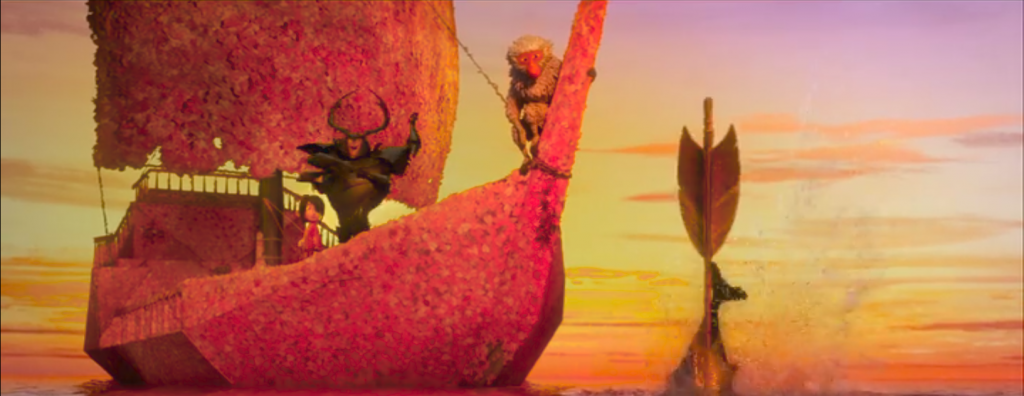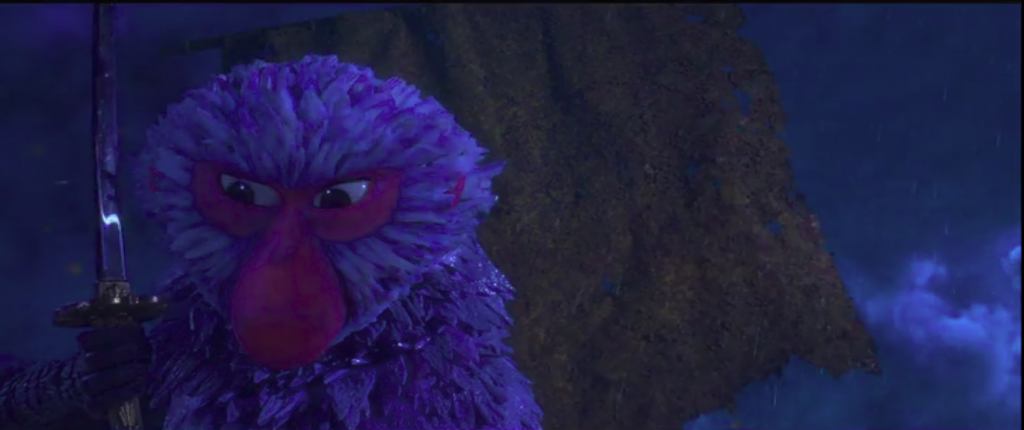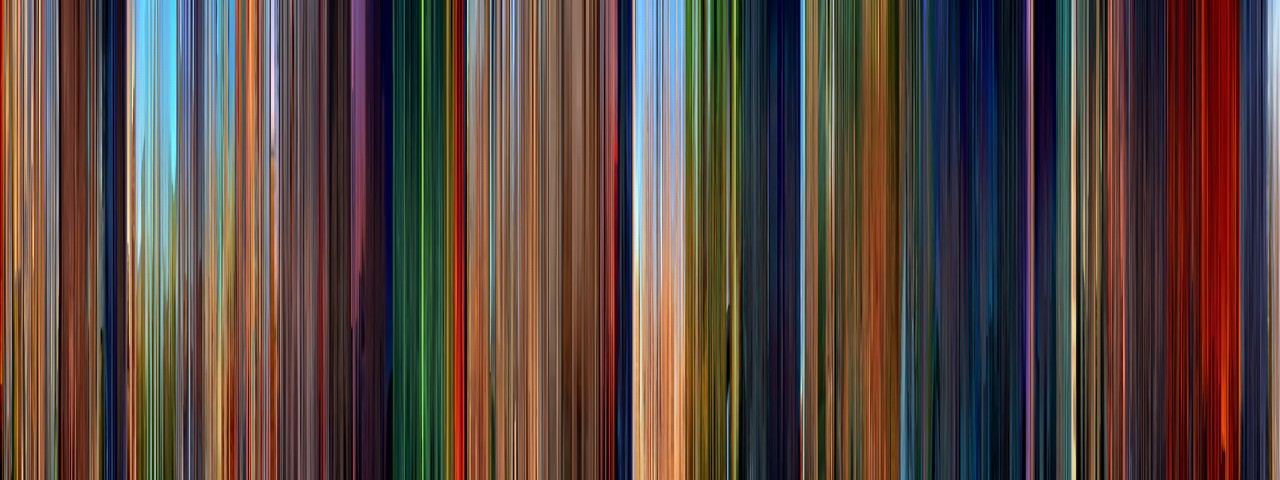Animation company Laika has produced four animated feature films in the eleven years since its founding. Their most recent film is Kubo and the Two Strings (2016), telling the story of Kubo, a young boy living in feudal Japan with his mother, and his magic-filled quest to defeat his corrupted family.
One particularly memorable scene in the film, and arguably the turning point in the plot, is when Kubo and his two guardians-slash-teammates, Monkey and Beetle, discover the location of The Breastplate Impenetrable (one of three magical armor pieces they must collect). The scene begins on a ship made of fallen leaves and is backdropped by a setting sun; Kubo, Monkey, and Beetle are bonding over freshly caught fish and intimate conversation — it is entirely a warm and peaceful scene. Like a hug from a loved one.

But the setting sun reminds us that night is soon to arrive. And with it, the powerful sisters that are determined to put a stop to Kubo’s quest — and steal his remaining eye. From the beginning, the audience knows that the moon surely brings trouble, as Kubo’s mother warns him outright that the Moon King, Kubo’s grandfather, is dangerous and Kubo must be inside when night falls. The film’s plot is even set into motion when Kubo inevitably does stay out past sundown and allows his evil aunts to track him down. Every following scene with these beings occurs at night, leading the audience to infer that perhaps they only exist at night or when the moon is full (and it should be noted that even though the film’s plot takes place over several days, the moon stays full for the entirety of it).

Back on the boat, the sun has set and a sister has arrived, as the audience had feared. A battle scene ensues between the sister and Monkey, ultimately leaving Monkey injured and secrets revealed. And although this battle and the warm hug from earlier occur in the exact same setting, Kubo’s ship in the middle of the Long Lake, the emotions the two scenes give off are complete opposites. This is exemplified both in the content of the scene (as is to be expected) and in the color palettes of each.

I went ahead and color-picked a palette for each scene, focusing mainly on the colors of the ship. On the left is the daytime scene, full of warm hues and muted tones. The nighttime scene, on the right, gives us cold and dark colors, in direct opposition of the left. And yes, nightfall does cause bright colors to darken, but it was no accident that the reds and oranges of the leaf ship become dark blues and purples as the mood shifts.
Even without knowing the plot, without seeing the visuals or hearing the dialogue, a person can tell that there is a drastic shift simply from looking at the color palettes. Take this “movie barcode” for example:

It’s every frame from a film condensed into one image. Can you tell which movie it is? I’d bet not. But, I’d bet that you can tell when a scene shifts, when the mood changes, and when the climax occurs. Color plays a major role in how movies are viewed nowadays, it provides another layer or element that black and white movies just don’t have. This specific barcode is for The Lion King, for those wondering.
This color dichotomy is present through Kubo. The protagonists, Kubo, his mother, Monkey, and Beetle, all have warm colors as a part of their character design. All the antagonists, The Moon King and the two sisters, are made up almost entirely of cool colors. This serves to further the day/night, good/evil motifs and gives the audience certain expectations for when those colors appear later.
Sources Referenced:
Barsam, Richard, and Dave Monahan. Looking at Movies: An Introduction to Film. W.W. Norton and Company, 2016.
Kubo and the Two Strings. Directed by Travis Knight. Laika, Focus Features, 2016.
Moviebarcode. The Lion King (1994). Tumblr. 2011,
moviebarcode.tumblr.com/post/4388598352/the-lion-king-1994-prints.